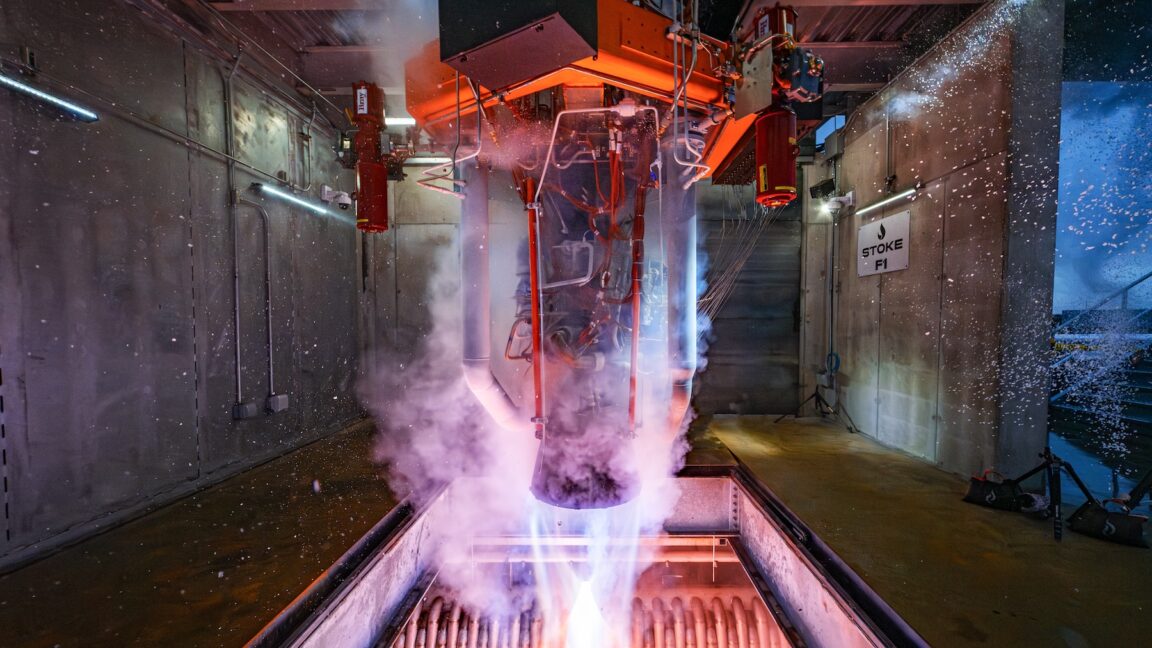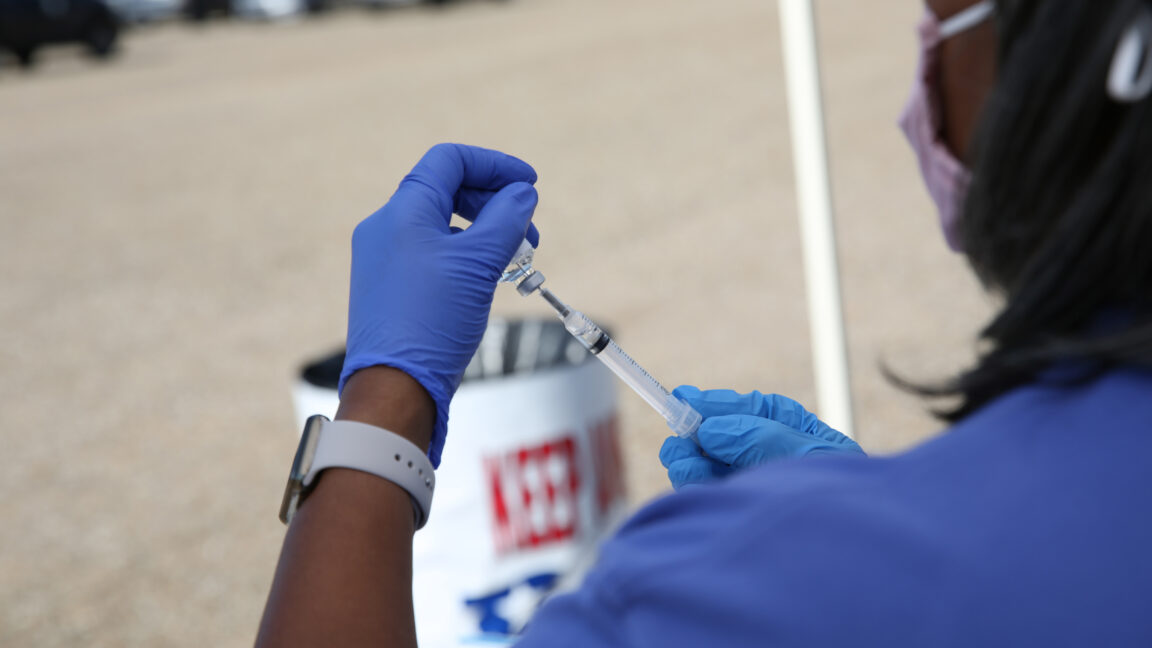Climate change is threatening archeological treasures from Alaska to Egypt | Popular Science

Even the most fantastic, fascinating historic places on the planet can’t escape climate change. A study published earlier this week in the journalAntiquitiesfinds that many of the world’s most treasured archaeological sites are at risk due to increasing threats from climate change, showing again how no location on Earth is immune to the wrath of a changing planet.
The impacts vary as greatly as the sites themselves. Hundreds of archaeological sites incoastal Scotland, Egypt’sNorth Sinai Archaeological Sites Zone, andThe Old Chimney in Florida’s Pensacola Bluffsare threatened by coastal erosion and rising sea levels. Thawing permafrost in Alaska isdestroying artifacts that were once preserved in ice. In Iran, sites dating back to 300 BCE areburied in sanddue todesertificationor when drought, farming techniques, or deforestation turn fertile land into deserts.Floods struck China’s central province of Henan in July 2021, a region home to fiveUnesco World Heritagesites and 420national heritage sites. Anestimated 400 cultural relicssuffered varying degrees of damage during the flooding.
[Related:What ancient graves can teach us about the history of inequality.]
Author Jørgen Hollesen, an archeologist from the National Museum of Denmark,writesthat climate change is impacting these sites, “on such a wide global scale, and within so many different contexts, that it is too great a problem forany single organization or disciplineto tackle alone.”

Hollesen also found that climate change is undermining one ofarchaeology’s key tenantsof preserving cultural heritage, which implies, “that the archaeological record can be protected with no, or only minor, degradation or loss,”Hollesen writes. “In the face of accelerated climate change, the wider principle of conserving and preserving as much as possible seems increasingly unsustainable.”
Hollesen compiled a list of strategies to better protect precious archaeological sites, but it needs more political action and technical ability for their slow or non-existent rollout. One example is improving the accuracy of climate prediction models so that archeologists and cultural preservation teams know ahead of time which regions and sites are in harm’s way to better prepare and assess the damage.
[Related:Severe droughts are bringing archaeological wonders and historic horrors to the surface.]
“Even if archaeologists and planners in years to come are equipped with tools efficient enough to pin-point the most vulnerable sites, they will still be faced with difficult decisions: which sites should be saved, and which sites should be allowed to decay?”he writes.
The paper also proposes that places that hold “outstanding value” can even be used to stress the greater urgency of climate action, referencing theNational Landmarks at Riskreport published in 2014 by the Union of Concerned Scientists.
One of the positive developments that the paper cites is a2022 studyfrom the University of Lincoln, describing the first integration of cultural sites into the climate change adaptation plans of low- and middle-income countries, such as Nigeria, Colombia, and Iran. While that study did find a disconnect between the cultural heritage sector and climate change policymakers, it represents a step towards ensuring that priceless cultural items are protected from the worsening effects of climate change.









